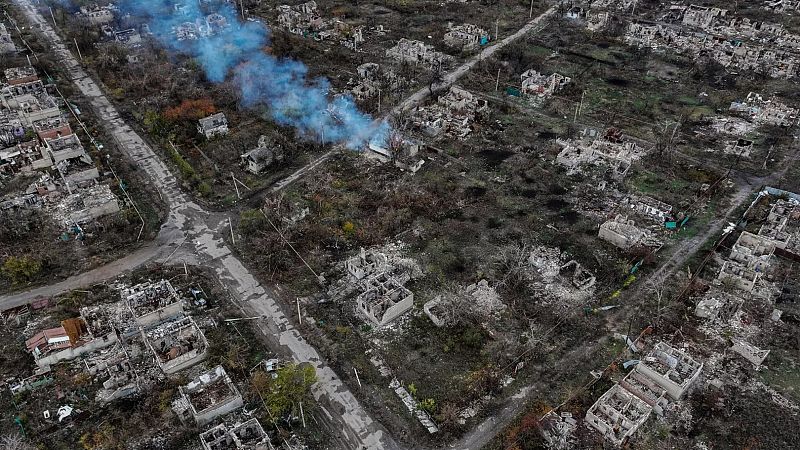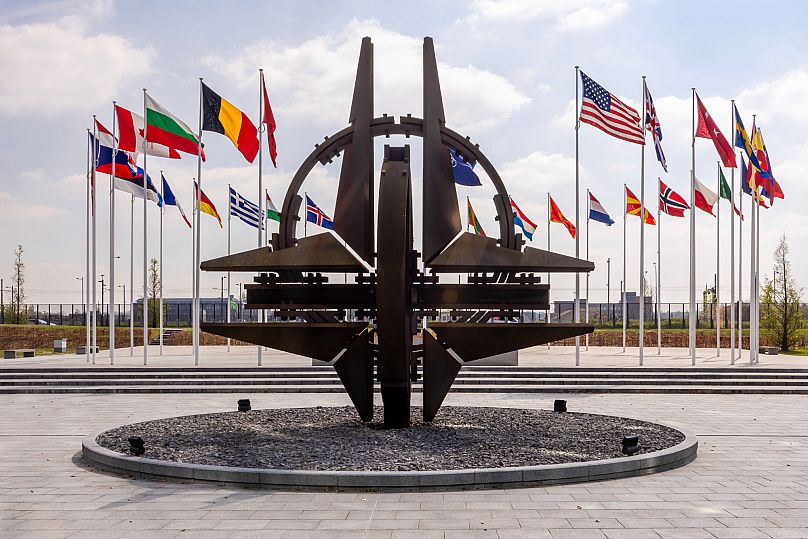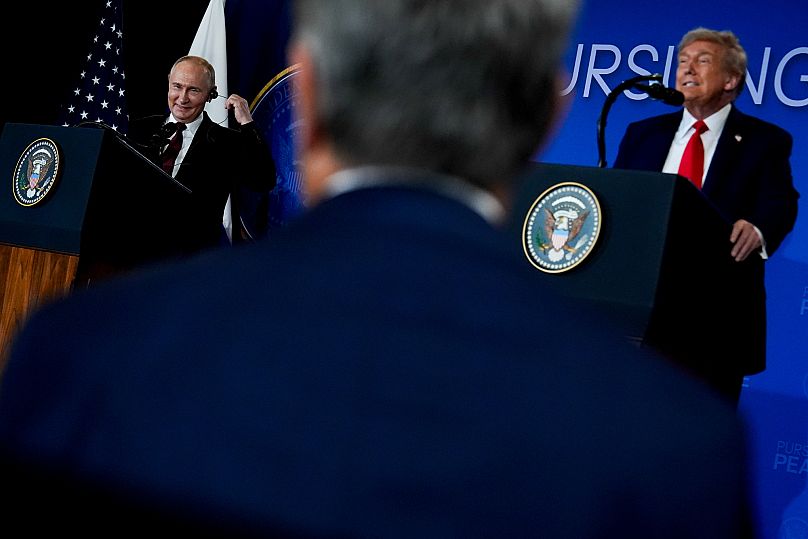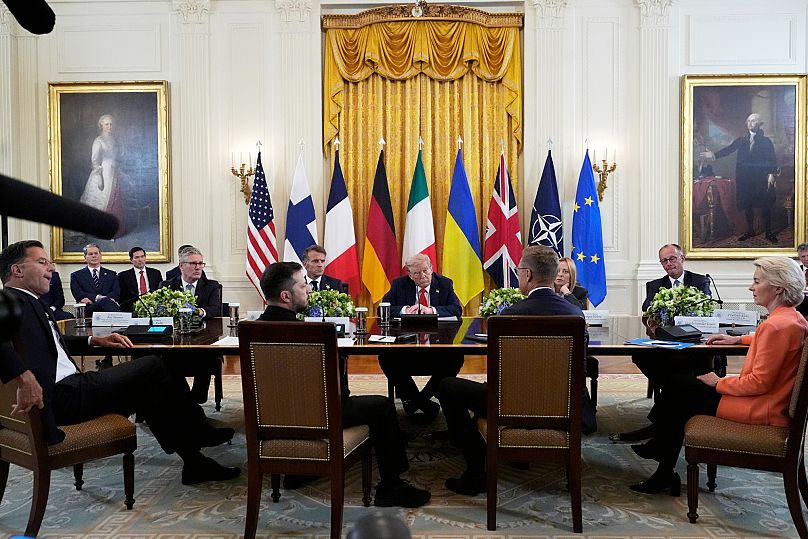NATO defence chiefs hold 'candid discussion' on security guarantees for Ukraine

NATO defence chiefs held a "candid discussion" on Wednesday about what security guarantees they could offer Kyiv to help forge a peace agreement that ends Russia's three-year war on Ukraine, a senior alliance official said.
Italian Admiral Giuseppe Cavo Dragone, the chair of NATO's Military Committee, said that 32 defence chiefs from across the alliance held a video conference amid a US-led diplomatic push to end the fighting.
He said they had had a "great, candid discussion."
"I thanked everyone for their always proactive participation in these meetings: we are united, and that unity was truly tangible today, as always," he said in a post on social media platform X but gave no further details.
Assurances that it won't be invaded again in the future are one of the keys for getting Ukraine to sign up for a peace deal with Russia.
It wants Western help for its military, including weapons and training, to shore up its defences, and Western officials are scrambling to figure out what commitments they could offer.
Russian Foreign Minister Sergey Lavrov chided efforts to work on security arrangements in Ukraine without Moscow's involvement.
"We cannot agree with the fact that it is now proposed to resolve collective security issues without the Russian Federation. This will not work," Lavrov said on Wednesday, in comments carried by state news agency RIA Novosti.
Russia will "ensure (its) legitimate interests firmly and harshly," Lavrov added at a news conference in Moscow.
US General Alexus Grynkewich, NATO’s supreme allied commander Europe who advised during the Trump-Putin summit last week in Alaska, took part in the virtual talks, Dragone said.
US General Dan Caine, chairman of the Joint Chiefs of Staff, was also due to participate, a US defence official said.
Caine also met with European military chiefs on Tuesday evening in Washington to assess the best military options for political leaders, according to the defence official, who spoke on condition of anonymity.
The details of a Ukraine security force
US President Donald Trump met last Friday with Russian President Vladimir Putin in Alaska and on Monday hosted Ukrainian President Volodymyr Zelenskyy and prominent European leaders at the White House, but neither meeting delivered concrete progress.
Trump is trying to steer Putin and Zelenskyy toward a settlement more than three years after Russia invaded its neighbour, but major obstacles remain.
They include Ukraine's demands for Western-backed military assurances to ensure Russia won’t mount another invasion in the future.
"We need strong security guarantees to ensure a truly secure and lasting peace," Zelenskyy said in a Telegram post on Wednesday after Russian missile and drone strikes hit six regions of Ukraine overnight.
Kyiv's European allies are looking to set up a force that could act as a backstop to any peace agreement and a coalition of 30 countries, including European nations, Japan and Australia, has signed up to support the initiative.
Military chiefs are figuring out how that security force might work. The role that the US might play is unclear. On Tuesday, Trump ruled out sending US troops to help defend Ukraine against Russia.
Russia has repeatedly said that it would not accept NATO troops in Ukraine.
Attacks on civilian areas in Sumy and Odesa overnight into Wednesday injured 15 people, including a family with three small children, Ukrainian authorities said.
Russian strikes also targeted ports and fuel and energy infrastructure, officials said.
Zelenskyy said the strikes "only confirm the need for pressure on Moscow, the need to introduce new sanctions and tariffs until diplomacy works to its full potential."




